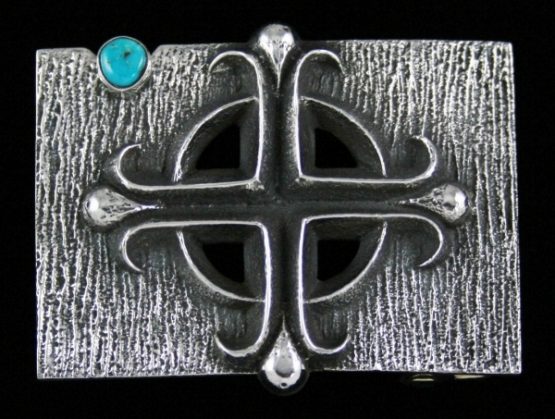Tufa is a highly porous stone that, when used as a mold for
casting, creates a unique texture. Tufa is often used by Native American
artists in the creation of beautiful jewelry pieces. It was in the 1800’s when
the Navajo artists discovered the tufa method of silver casting.
The labor-intensive tufa cast method requires artists to
choose a stone of the desired size, which they then cut into half and rub
together to create a flush surface. A hole the size of a cone is then carved on
top of the stones (this is called the sprue hole). The sprue hole is where
silver will be poured into. To help air escape and to keep the final bracelet
cast from bubbling, other holes are carved onto the side of the tufa stone.
Once the mold is done, the artist will carve out the design
onto the flat surface inside the hole. The negative space that has been carved
away will then be filled with molten silver. Once the carving is done, the tufa
stone will be carbonized with the use of a torch. The two halves of the tufa
stone will be bound together with clamps.
After the mold has cooled, the hardened piece along with the
excess metal in the sprue hole is removed. Some artists will clean and sand the
tufa stone to recreate jewelry pieces. The final step in creating jewelry using the
tufa cast method is the shaping of the metal. For example, bracelets will
be bent to create a curve for the cuff.
The tufa cast method originated with Navajo smiths but has
spread to other tribes and passed on to the following generations. Modern
artists of make use of furnaces or gas torches to melt silver, unlike before
when Navajo silversmiths had to fill up pottery containers with silver coins
and then let them melt under embers of fire.

No comments:
Post a Comment